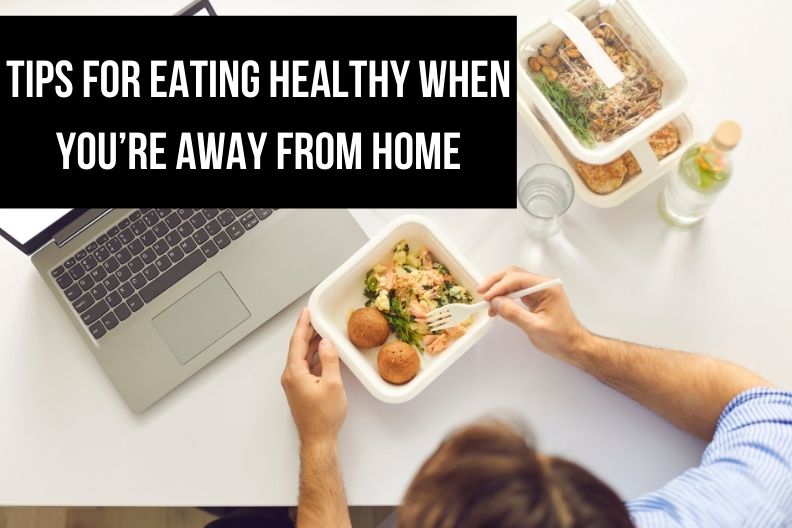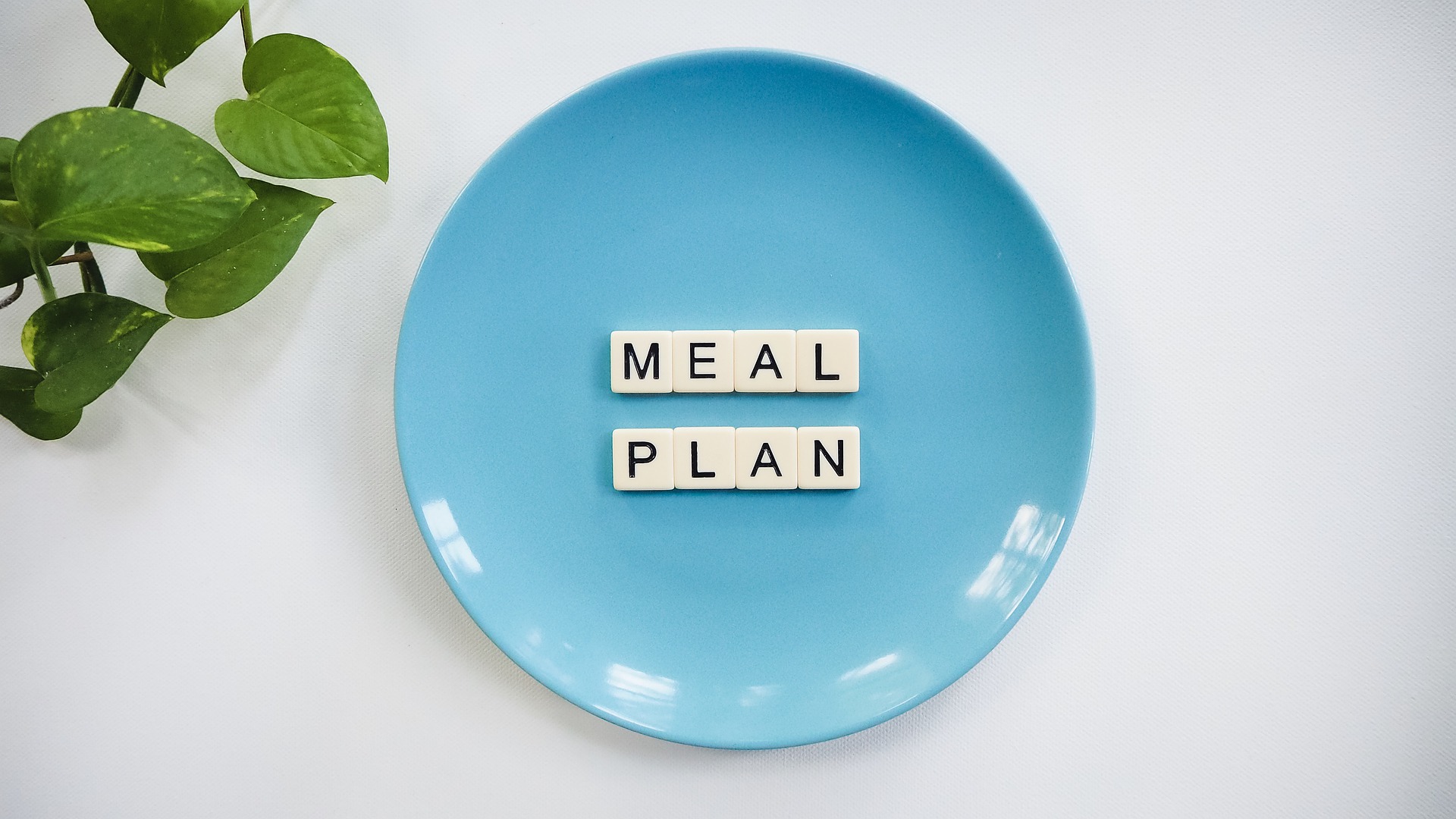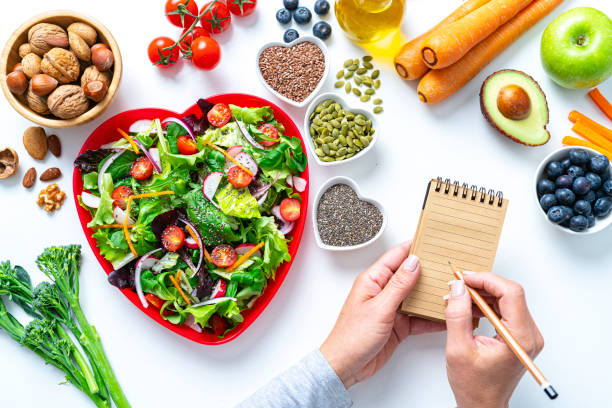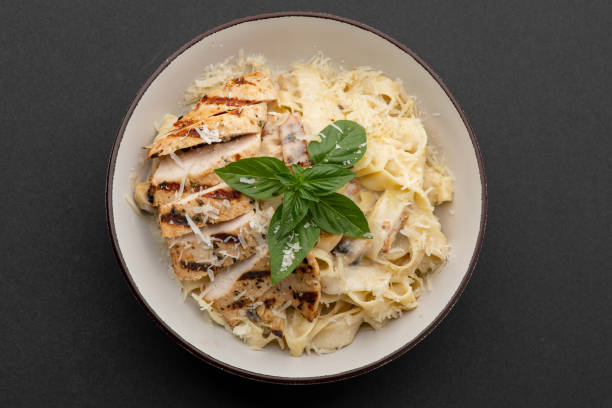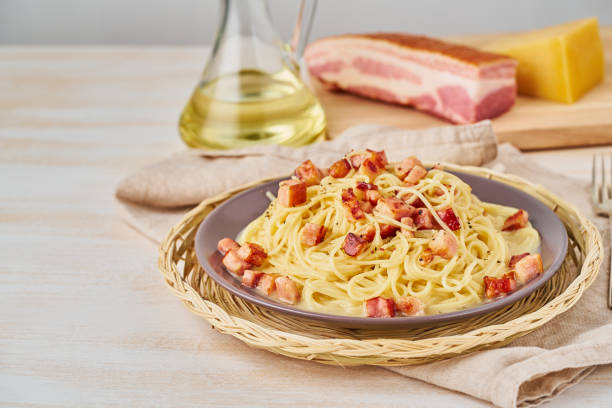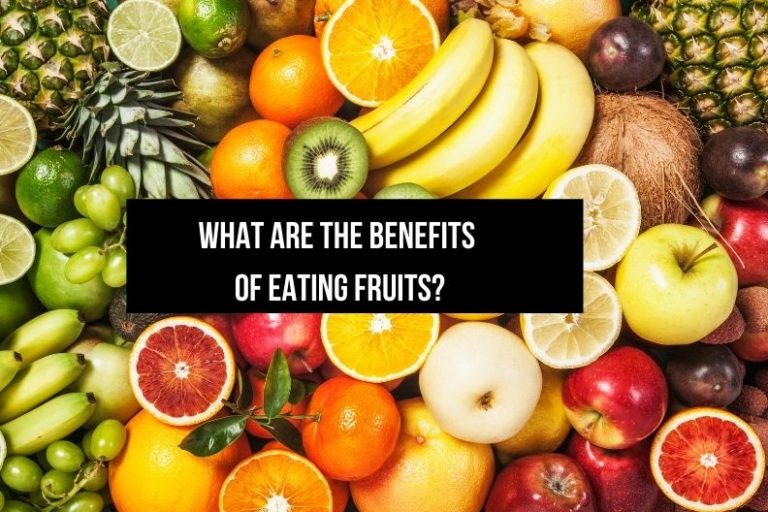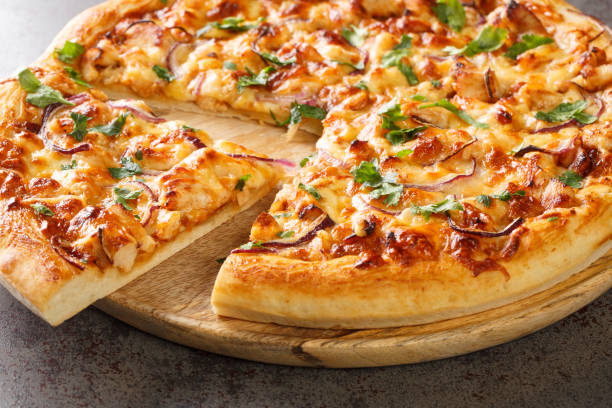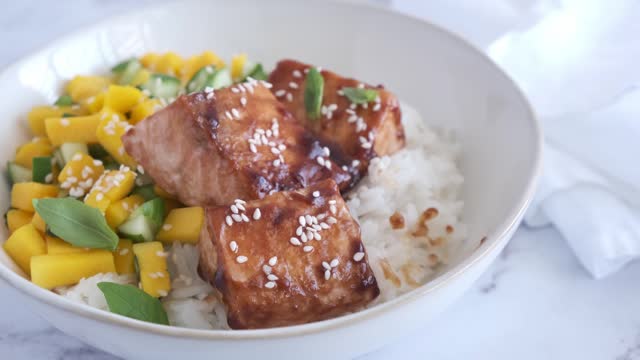Tips for Eating Healthy Away from Home
More often, mothers are responsible for making sure family members’ nutrient needs are met and the family food budget is maintained. This is true even when family members eat meals away from home. Managing nutrition and food costs is not difficult when meals are prepared at home and packed to go. These management tasks are more challenging when meals are prepared elsewhere.
Table of Contents
What is the Healthiest Packed Lunch?
Alot of students and working family members carry meals from home to eat at school or the workplace. These meals are most often lunches.
Carrying a lunch from home has many advantages over purchasing food from a restaurant or vending machine. When you pack a lunch, you can include your favorite foods. You can use ingridients that meet your dietary requiremetns. You can save money, too.
Packing a lunch can also have a down side. Creatively choosing what to put into a lunch is not always easy. Finding the time to pack it requires planning.
Sandwiches are frequently the main course in a packed lunch. Look new recipes if you like variety. You can add interest to sandwiches by using different kinds of breads and rolls and preparing various fillings.
When packing lunches, try to include a variety of foods from the five food groups. Limit snack foods, cookies, and cakes that are high in fats, sugars, and/or sodium.
Choose some foods that are high in dietary fiber, such as whole grain breads and fresh fruits and vegetables.
Packing a lunch need not take much time. Many people pack lunches the night before and keep them in the refrigerator. When clearing the dinner table, store left-overs in serving – sized containers. Put them directly into lunch bags and refrigerate.
Try setting up an assembly line to make sandwiches for the whole family. You can quickly complete each meal by adding a piece fresh fruit. Packing a thermos of milk or frozen box of juice will provide a cool drink with lunch.
Keep food safety in mind when packing lunches. Use food containers that will keep foods at the proper temperatures until they will be eaten.
Take Special Steps to Keep Food Safe
Whatever the situation for packing food away from home is, you need to take special steps to keep food safe when carrying it away from home.
Take note of the tips below:
- Place all perishable items in an insulated bag or cooler. Be sure cold foods are frozen or well chilled before packing. For instance, you might freeze sandwiches for lunches the night before. The next day they will stay cold longer. (Freezing sandwiches with mayonnaise or fresh lettuce on them is not a good idea)
- Mayonnaise tends to separate and lettuce wilts during freezer storage.) Use ice packs to keep cold foods cold and safe for several hours. Try to keep foods out of the direct sun and avoid storage in a hot car. If possible, refrigerate packed food until you are ready to eat it.
- You can store hot foods in a wide – mouth thermos to keep them at safe, high temperature for several hours. Rinse the thermos with hot water before adding the food. Food should be hot to the touch at serving time.
Making Healthy Choices at Restaurants
Eating out often serves as a solution to time problems for busy people. When you eat out, you have less control over the appeal, nutrient content, and cost of foods when eating out.
However,your choice of restaurant will affect the type of foods available and how much you will spend.
Many restaurants offer a variety of choices for their health-concious customers. Sometimes healthful options are marked by a special symbol on the menu.
In addition, menu terms can help you identify foods that may be high in fat and sodium.
You may find healthful eating a bit more challenging when eating at a fast-food restaurants. This is because many fast foods are high in sodium, fat, and calories. One large burger, French fries, and a milk shake can supply half a day’s calorie needs for many teens.
This meal is low in fiber and vitamins A and C. It contains approximately 1, 400 miligrams of sodium, and over 50 percent of the calories come from fat. On the positive side, fast-food meals are ussually excellent sources of protein and iron.
You do not have to avoid fast-food meals. Registered dieticians suggest selecting foods wisely and adjusting other meals throughout the day to balance calorie and nutrient intake.
The following tips can help you meet your goals for good nutrition when eating out:
- Resist the temptation to order double burgers, large fries, and super-sized drinks.
- Stick with regular -sized menu items.
- Order half-size, appetizer, or children’s portions or consider sharing an entree with a friend.
- Limit high-fat creamy and oily salads, such as potato salad, tuna salad, marinated pasta and vegetable salads.
- Go easy on toppings like cheese and bacon. Request that gravies, sauces, and salad dressings be served on the side. This will help you control fat intake.
- Use low-calorie condiments, such as reduced-fat dressings of salads and lemon juice on fish instead of tartar sauce.
- Avoid adding salt at the table.
- Trim fat from meat, skin from chicken, and breading from fish. Blot the oil on pizza with a napkin.
- Choose fruit or nonfat frozen yogurt for dessert.
- Order fruit juice instead of soda. Choose lowfat milk instead of a milk shake. Ask for water to drink with your meal along with or instead of other beverages.
Wrap Up
Through planning, you can enjoy eating out. As people become more nutrition consciuos, the restaurant will increase their offering of healthful menu items.This will allow meals eaten away from home to better meet all the goals of meal management.

